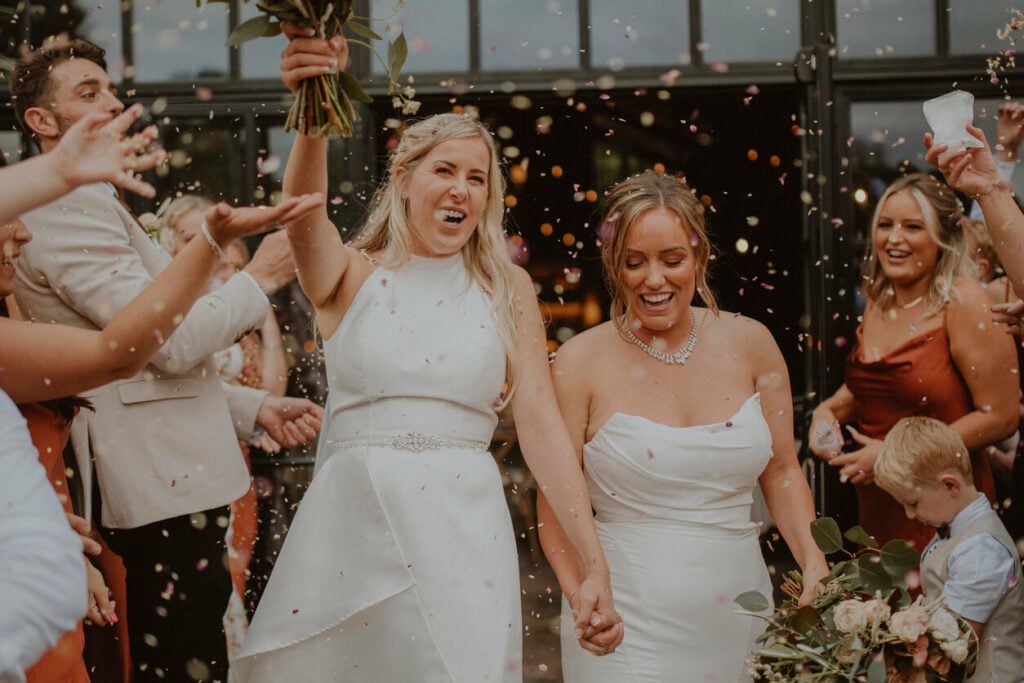Does Hair Color or Texture Affect Transplant Success? You might be wondering if the color or texture of your hair will matter if you’re thinking about getting a hair transplant. You’re not the only one who has this question before going through with the treatment. Hair transplants work on all types of hair, but the effectiveness and look of your results might rely on a few important physical factors. Your new hair’s fullness and naturalness can be affected by things like how thick it is, how it curls, your skin tone, and even the color of your hair. Let’s look at the most important things and how the color and texture of your hair might affect the final outcome. Factors Affecting Hair Transplant Success There are a few characteristics about your natural hair and scalp that might make a hair transplant less effective. These qualities might make your hair seem less full or more natural following the operation. Hair Density Hair density is the number of hair strands that grow close together in a particular region. More grafts can be removed for the transplant if the donor location (mainly the back of your head) has a lot of hair. This … <p>The post Does Hair Color or Texture Affect Transplant Success? first appeared on Unleash Your Lifestyle Potential.</p>
Does Hair Color or Texture Affect Transplant Success?
You might be wondering if the color or texture of your hair will matter if you’re thinking about getting a hair transplant. You’re not the only one who has this question before going through with the treatment. Hair transplants work on all types of hair, but the effectiveness and look of your results might rely on a few important physical factors. Your new hair’s fullness and naturalness can be affected by things like how thick it is, how it curls, your skin tone, and even the color of your hair. Let’s look at the most important things and how the color and texture of your hair might affect the final outcome.
Factors Affecting Hair Transplant Success
There are a few characteristics about your natural hair and scalp that might make a hair transplant less effective. These qualities might make your hair seem less full or more natural following the operation.
Hair Density
Hair density is the number of hair strands that grow close together in a particular region. More grafts can be removed for the transplant if the donor location (mainly the back of your head) has a lot of hair. This helps conceal up bald spots better. People with poor density may need to plan carefully to get the most out of their hair.
Hair Texture
If your hair is straight, wavy, curly, thin, or thick, this is referred to as texture. Curly or thick hair generally covers better with fewer grafts because it looks fuller and makes more shadow on the scalp. You could need more grafts to attain the same look if your hair is fine or straight. Surgeons naturally change how they do things based on your texture to get the greatest results.
Scalp Characteristics
The doctor can put new hair in more easily if the scalp is soft and pliable. It also helps you get well. It could be harder to put grafts neatly if your scalp is exceedingly tight or firm. The new hair will grow better and faster if your scalp is healthy and has good blood flow.
Skin Color and Tone
The transplant is done the same way no matter what hue your skin is, but it appears different. If you have pale skin and dark hair, the difference between the two might make thin spots stand out more. But if your hair and skin are similar colors, your scalp looks larger and blends in better. Doctors at the best hair transplant clinic in Lucknow take this into account when planning an outcome that looks more natural.
Impact of Hair Color on Hair Transplants
Not only does your hair color effect your style, but it also affects how people see your transplant outcomes. This is how different hair colors and the way they look with your skin tone may affect the result.
Contrast
If your hair and scalp are quite different colors, it will be easier to see that your hair is thinning. For example, black or extremely dark hair on a pale scalp will make gaps stand out more than blonde or light brown hair. When there isn’t much contrast, the scalp and hair blend together better, which makes the hair look thicker even if there aren’t a lot of hairs.
Coverage
The color of your hair impacts how effectively your scalp is disguised following the transplant. If your hair is darker, you might need more grafts to cover up bald spots well. If your hair is lighter or graying, it might look like it covers more with fewer transplants. This is why the way the surgery is done may change based on the color of the patient’s hair. Even thin hair may seem thick and healthy when you add curl and volume to it with a light tone.
Pigmentation
Pigmentation adds visual depth to ethnic or darker hair types, which makes them look fuller. The richer tones might make regions seem fuller, even if they have less hairs. Surgeons at the best hair transplant clinic in Gurgaon frequently utilize this to their advantage by arranging where to put the grafts so that they match your hair’s natural color and pattern. This helps keep things from looking fake and makes people happier with the product overall.
Conclusion
So, can the color or structure of hair effect how well a transplant works? Yes, but not in a way that should make you feel bad. The texture, density, and color of your hair all affect how full and natural your results will seem, but with the appropriate preparation, everyone can have good results. It’s all about making the most of what you have. The most important thing is to choose a clinic that knows how to customize the operation to your hair type, whether it has tight curls, straight strands, dark tones, or light locks. No matter what it looked like before, your new hair will look great when you’re done with wash.
<p>The post Does Hair Color or Texture Affect Transplant Success? first appeared on Unleash Your Lifestyle Potential.</p>










